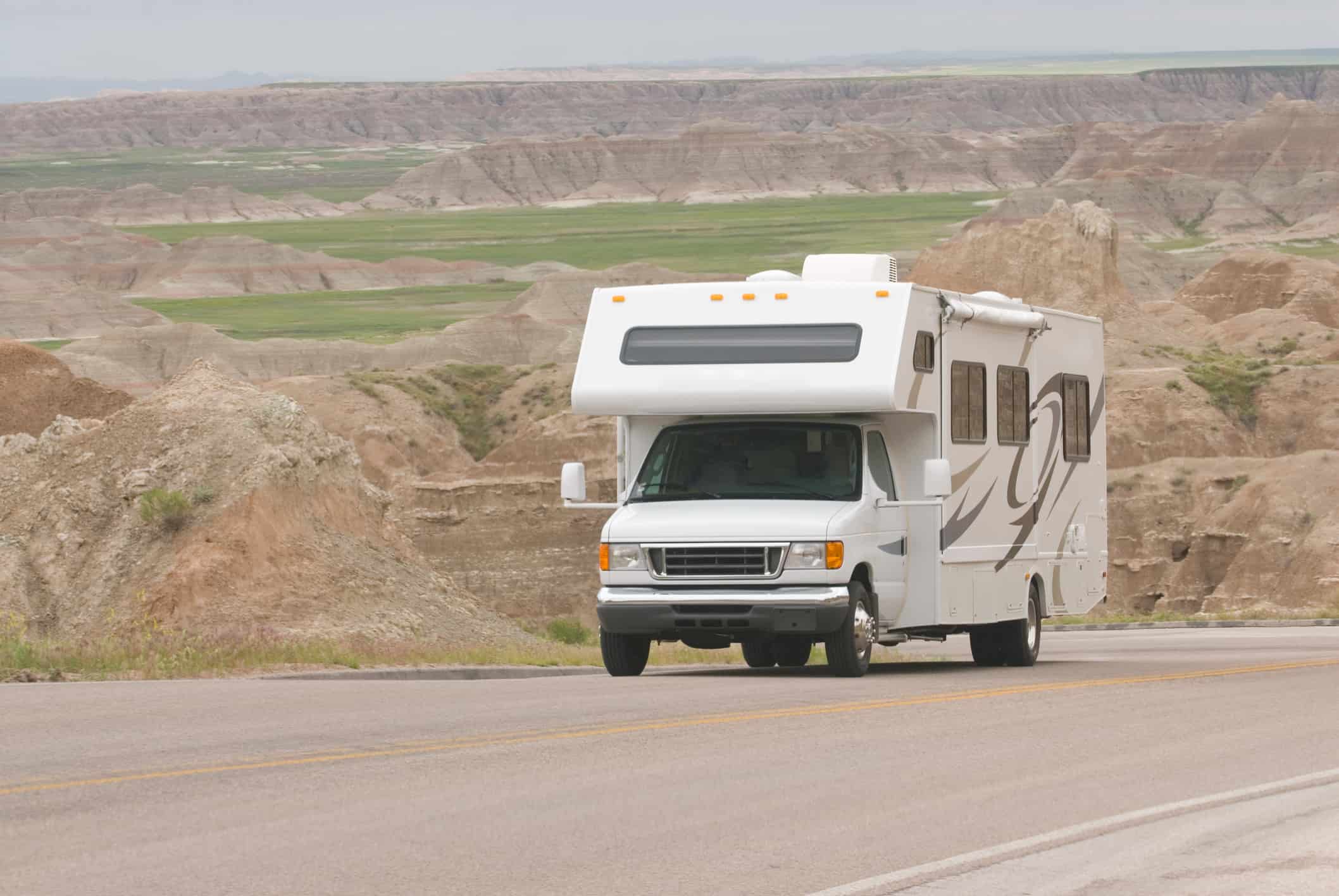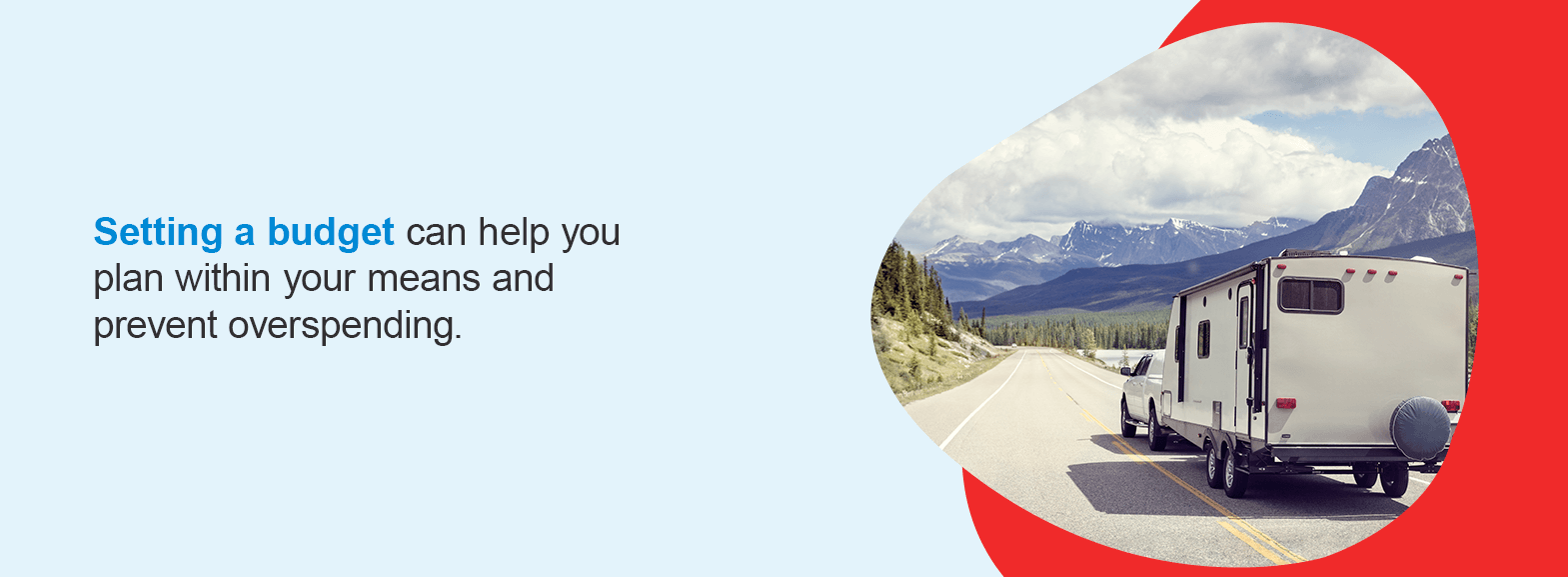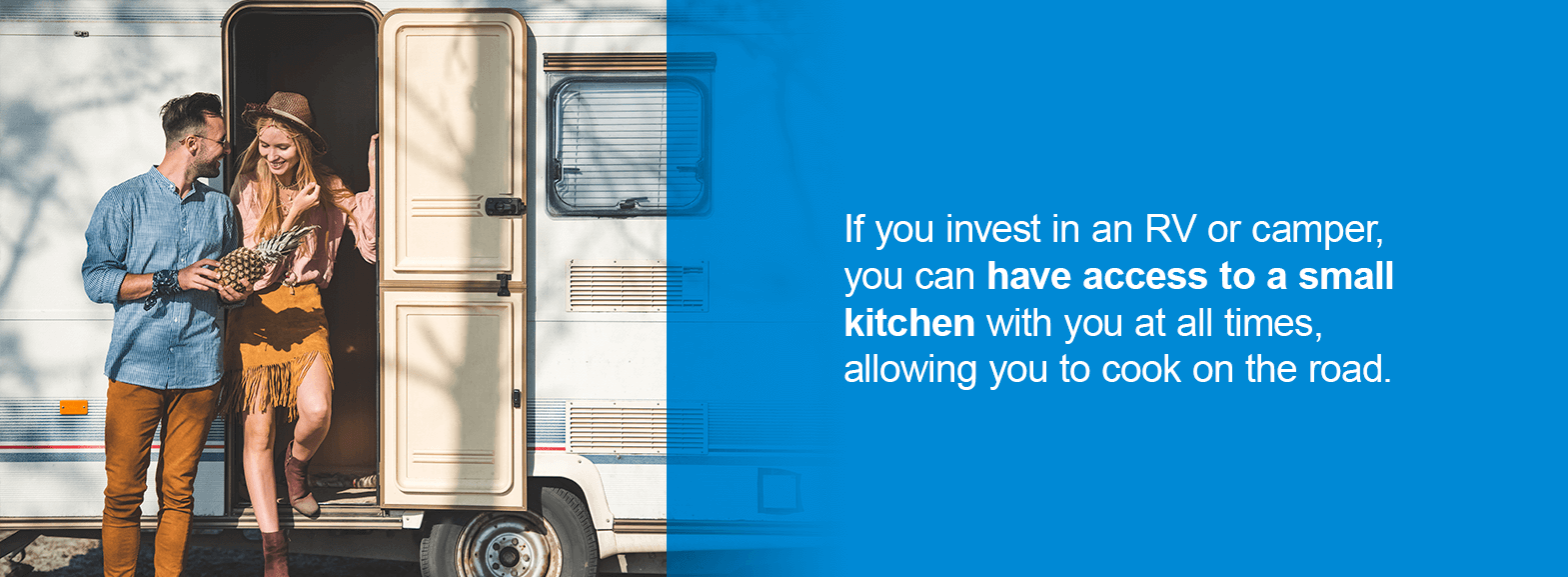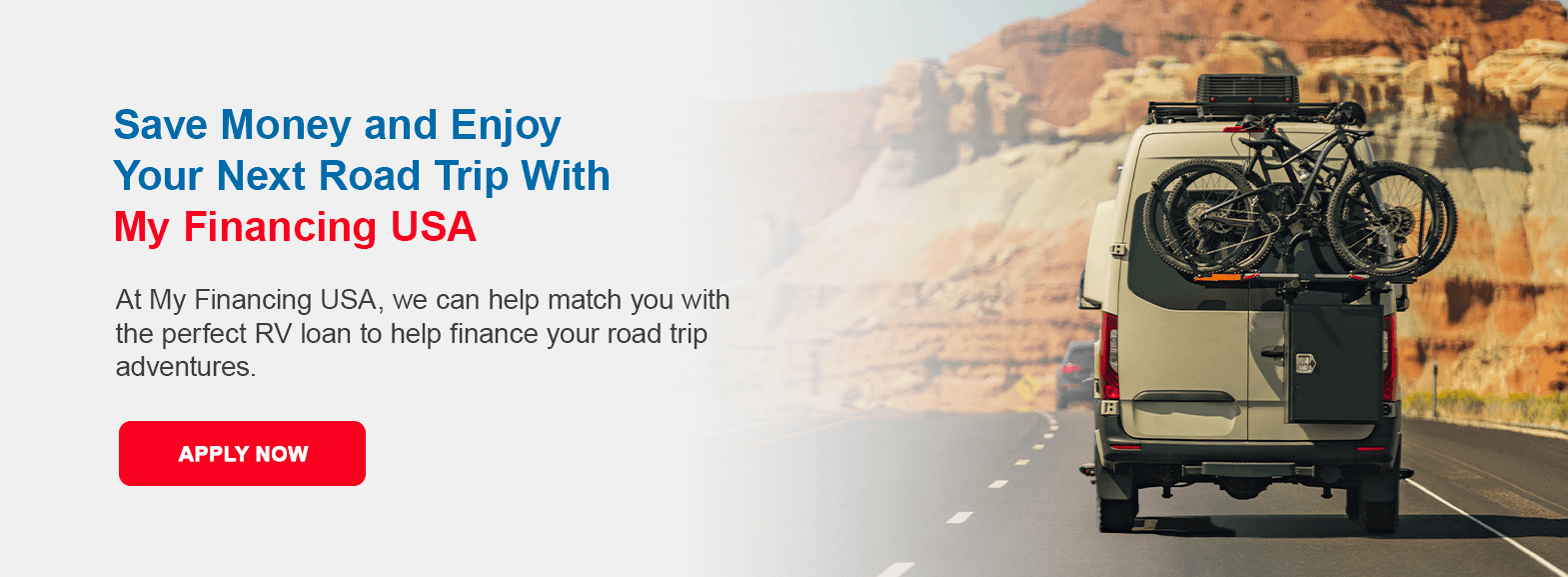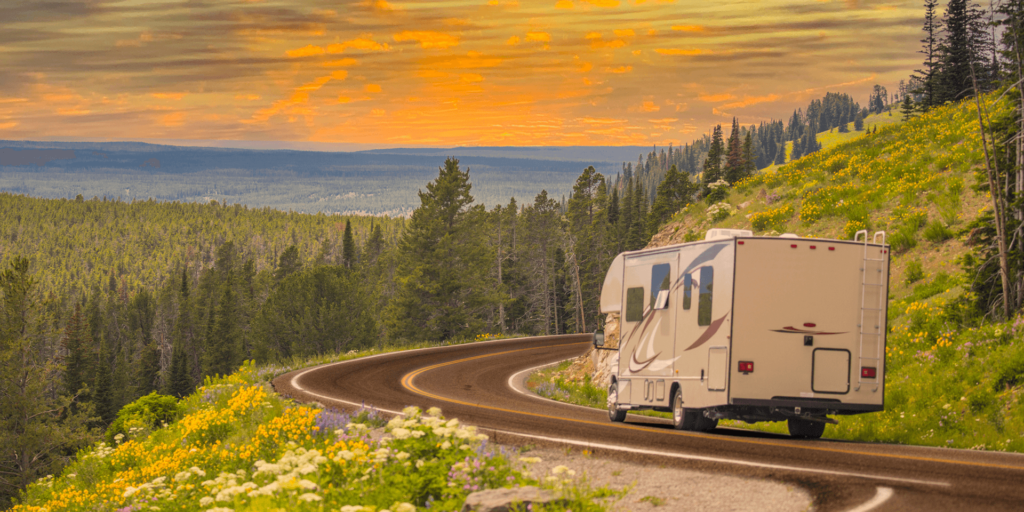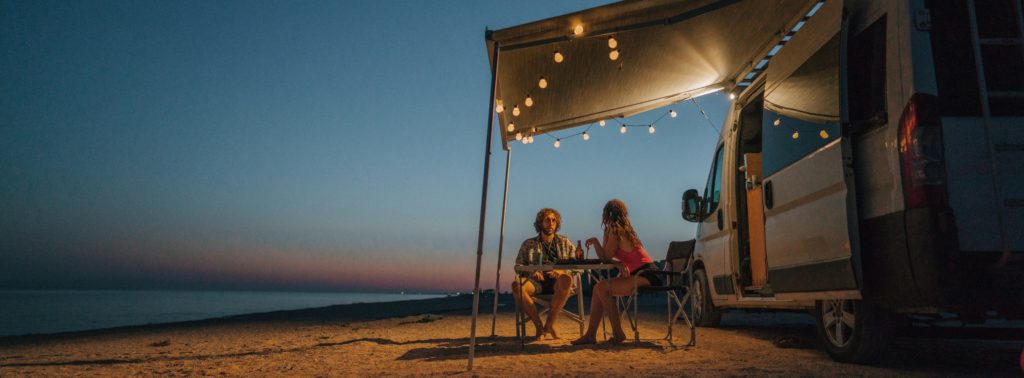Quick Navigation
- What Is the Average Cost of a Road Trip?
- 1. Set a Budget
- 2. Track Your Budget
- 3. Optimize Your Gas Spending
- 4. Save Money on Lodging
- 5. Plan Alternatives to Eating at Restaurants
- 6. Look for Free Entertainment Opportunities
- 7. Watch What You Pack
- Save Money and Enjoy Your Next Road Trip With My Financing USA
Many people love to travel, and road trips can be an excellent way to see numerous places in a short period of time. You can hop from city to city or explore nature — road trips give individuals the freedom to plan a trip that meets their needs and interests.
However, road trips can get costly. If you want to know how to plan a cheap road trip, follow our guide to help you learn what you can do to cut common costs.
What Is the Average Cost of a Road Trip?
In 2020, the average cost for a cross-country road trip from New York, New York, to Los Angeles, California, cost around $1,150 in total. However, road trip costs can change depending on several variables, including:
- Locations and distance
- Gas prices
- Food
- Accommodations
- Number of people
- Season
With so many changing costs, it can be challenging for travelers to predict the total costs of a trip. Instead, we can help set you up with good spending and saving habits to keep costs down and experiences high on your next road trip.
1. Set a Budget
One of the first steps in helping you save on your road trip plans is establishing a budget. This step can include determining the maximum and minimum amounts you're willing to spend, which can help determine the parameters of your trip and break down your spending into categories.
When creating your budget, you'll want to split your costs into necessities and expendables. The necessities will include factors like gas, food and places to stay, and you should try to calculate your daily spending for these factors so you know how much you have for your expendables, or “wants.”
It can be helpful to determine your priorities when planning your budget — everyone has certain aspects of trips they value more than others. While some people might be OK staying at campsites so they can spend more on food, others might want to splurge on their accommodations, leaving less room in other areas of the budget.
The “wants” category can include things that aren't necessary but make up the rest of your trip. This budget section can include things like sightseeing, attractions, activities and souvenirs. While your needs might be essential, you want to leave some room here to ensure you make the most of your road trip.
Additionally, set aside some money to cover emergencies or unexpected situations, like medical expenses, speeding tickets or vehicle repairs.
2. Track Your Budget
Setting a budget can help you plan within your means and prevent overspending, but you still need a method of ensuring you stay within your budget once you're on the road. There are several ways to track a budget, both manually and electronically. Consider creating a spreadsheet, using a budgeting app or saving your receipts — it's up to your preference.
3. Optimize Your Gas Spending
Depending on where you're traveling, gas can get pricy, becoming a significant area of spending for many road trippers. Some ways to minimize your gas spending include:
- Aiming for optimal mileage: Speed can impact your gas mileage and efficiency. Research shows that 60 miles per hour is the best speed for optimizing your gas mileage, and you'll pay around 26 cents more for every 5 miles per hour over that speed.
- Determining where to stop for gas: Be smart about where you stop for gas. Areas around cities and along highways tend to have higher prices. Searching for more remote gas stations can help you find lower prices. Of course, just make sure you have enough gas to get there in the first place.
- Driving smart: Certain driving habits can help you save gas. Leave before or after rush hour to avoid using gas while not moving. Additionally, cruise control can help you maintain optimal driving speed without accidentally breaking or accelerating.
Knowing how to lower fuel expenses on your trip can help you optimize your budget while potentially allocating some money you can use in other areas.
4. Save Money on Lodging
Depending on your lodging choices, you can save a good amount of money. Many people who road trip across the country go camping, as it's a cheaper or often free alternative to hotels and rental homes. Many resources are available to help you find more affordable campgrounds where you can park your vehicle and pitch your tent for the night, like apps and the National Parks Services website.
However, camping isn't for everyone. Choosing a hotel or rental property might be more expensive, but they come with perks. Most rental homes offer a full kitchen and laundry services, allowing you to save money on laundry and food while there. Additionally, you can search for hotels that offer free breakfasts to cover the cost of one crucial meal.
5. Plan Alternatives to Eating at Restaurants
While restaurants can offer great experiences and cuisine, the costs of eating out can add up quickly. Depending on your vehicle, you can save money on food in several ways.
If you invest in an RV or camper, you can have access to a small kitchen with you at all times, allowing you to cook on the road. If you're traveling in your car, you can invest in some tools to make cooking easier. A travel grill or stove is a great way to cook while traveling. Use the gear to make simple meals, like pasta or packaged dinners. Further, they can be a great way to make your coffee, saving you from expensive coffee shops.
Packing your favorite hearty snacks for the road can help you save even more money, as you can shop in bulk and find the best prices — no need to buy unhealthy snacks at the closest gas station. Try to find snacks like dried fruits, nuts, granola bars, pretzels and other options that keep everyone fueled up when you're on the go.
6. Look for Free Entertainment Opportunities
A huge perk to road tripping is you can explore new places and create great memories. Fortunately, you don't need to drain your bank account to do so. As you plot your routes and pinpoint destinations, research what you can do in each location. Many areas offer free attractions, like parks and local events. Sometimes, museums provide discounts or free admission on specific dates or times. If you're traveling during the summer, keep your eye out for free festivals and fairs.
If you're a student or in the military, bring your ID with you — some places might offer discounts.
7. Watch What You Pack
What you pack can help ensure you have everything you need. However, loading too much or too little into your vehicle can cause problems:
- Too much: Packing too much can weigh down your vehicle, causing you to use more gas per mile. Packing only the essentials or packing as light as possible can help you lower gas costs on your trip. If you're staying in a rental home, this should be a bit easier because you'll likely have access to a washer and dryer.
- Too little: On the other hand, if you pack too little, you might need to stop to find items you need, from equipment to clothes. You might end up overpaying for these items in tourist-heavy areas.
Optimizing your packing can help you avoid unexpected expenses that can increase the budget of your trip.
Save Money and Enjoy Your Next Road Trip With My Financing USA
When you know how you can cut costs, you can spend less time focusing on your spending and more time on the places your travels take you. However, much of planning a road trip is investing in the right tools, from your clothes and equipment to the vehicle you take.
At My Financing USA, we can help match you with the perfect RV loan to help finance your road trip adventures. Our application process is entirely online and you can receive feedback within 48 to 72 hours. Our teams can help you find a loan option that meets your financial situation.
Apply for an RV loan from My Financing USA today!

